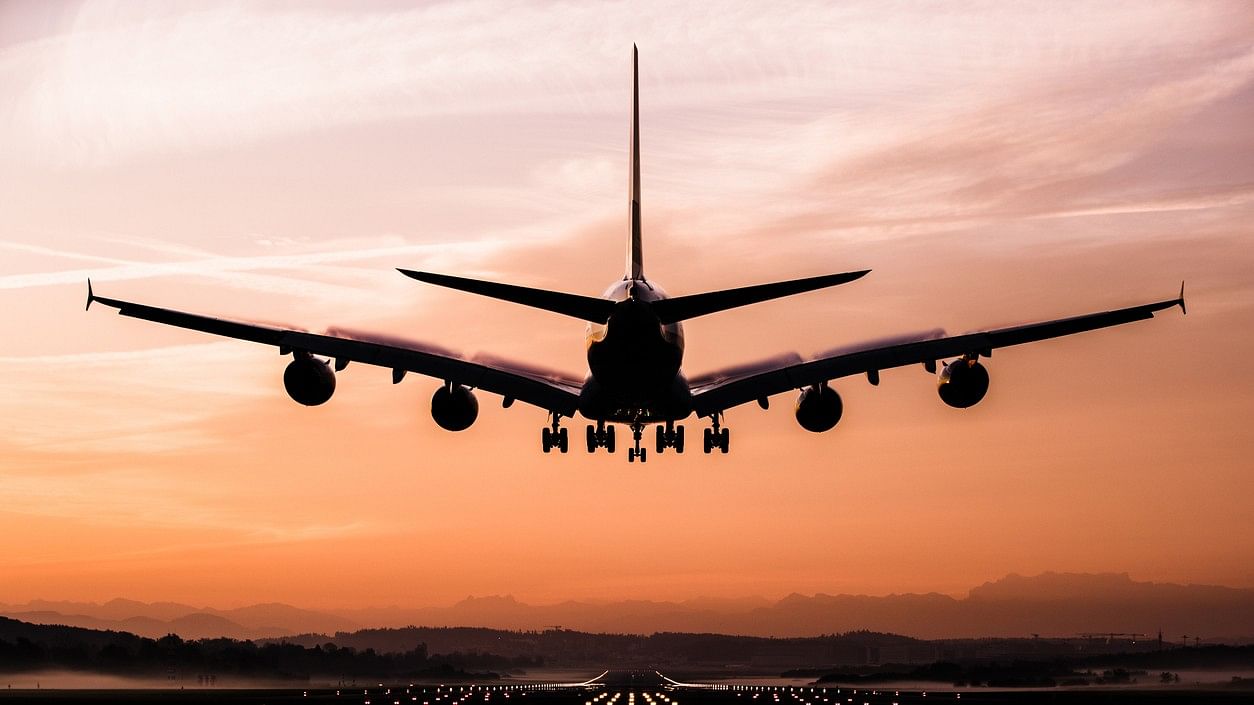
Representative image showing a flight.
Credit: iStock Photo
New Delhi: The share of India’s domestic airlines in handling international passenger traffic originating from the country is likely to increase to 50% by 2027-28 from around 43% recorded in the fiscal ended March 2024, rating agency CRISIL said on Monday.
The improvement would be driven by Indian airlines deploying additional aircraft and adding new routes in the international segment, as well as their inherent advantage of superior domestic connectivity compared with foreign carriers, the rating agency noted in a report.
India’s international passenger traffic grew to around 7 crore in fiscal 2024, surpassing the pre-pandemic level of 6.7 crore recorded in 2019-20 and a low of nearly 1 crore in pandemic-hit fiscal 2021.
“A noticeable shift in spending patterns has emerged after the pandemic, as evident in the increasing inclination of Indians towards international leisure travel. Increasing disposable incomes, easing visa requirements, growing number of airports and enhanced air travel connectivity are boosting international travel," said Manish Gupta, senior director at CRISIL Ratings.
India’s domestic airlines are looking to capture a large portion of the growth in international passenger traffic as it is typically more profitable due to higher yields and has less intense competition compared with domestic routes.
Indian airlines have added 55 new international routes over the past 15 months, taking their tally beyond 300. These include direct flights originating from additional cities to popular long-haul destinations in the United States, Europe and Australia. The Indian airlines are also aiming to deploy additional aircraft on the short- and medium-haul international routes and leveraging codeshare agreements with major global airlines to offer onward connectivity to passengers.
CRISIL noted in the report that Indian airlines have certain natural advantages in cornering a larger share of the country’s international traffic compared with foreign airlines. They have superior domestic connectivity than their overseas counterparts – which serve only select Indian cities – and can offer end-to-end international connectivity on a single ticket to travellers from Tier 2 and Tier 3 cities, it added.
“To capitalise on the growth in international travel, Indian airlines are investing in widebody and long-range narrow body aircraft for network expansion, adding new international routes and introducing long-haul non-stop flights to key destinations," said Ankit Kedia, director at CRISIL Ratings.
Aided by the planned fleet addition and network expansion strategy, Indian airlines could log a CAGR of 14-15% in the international segment over the next four fiscals, taking their market share to 50%, added Kedia.